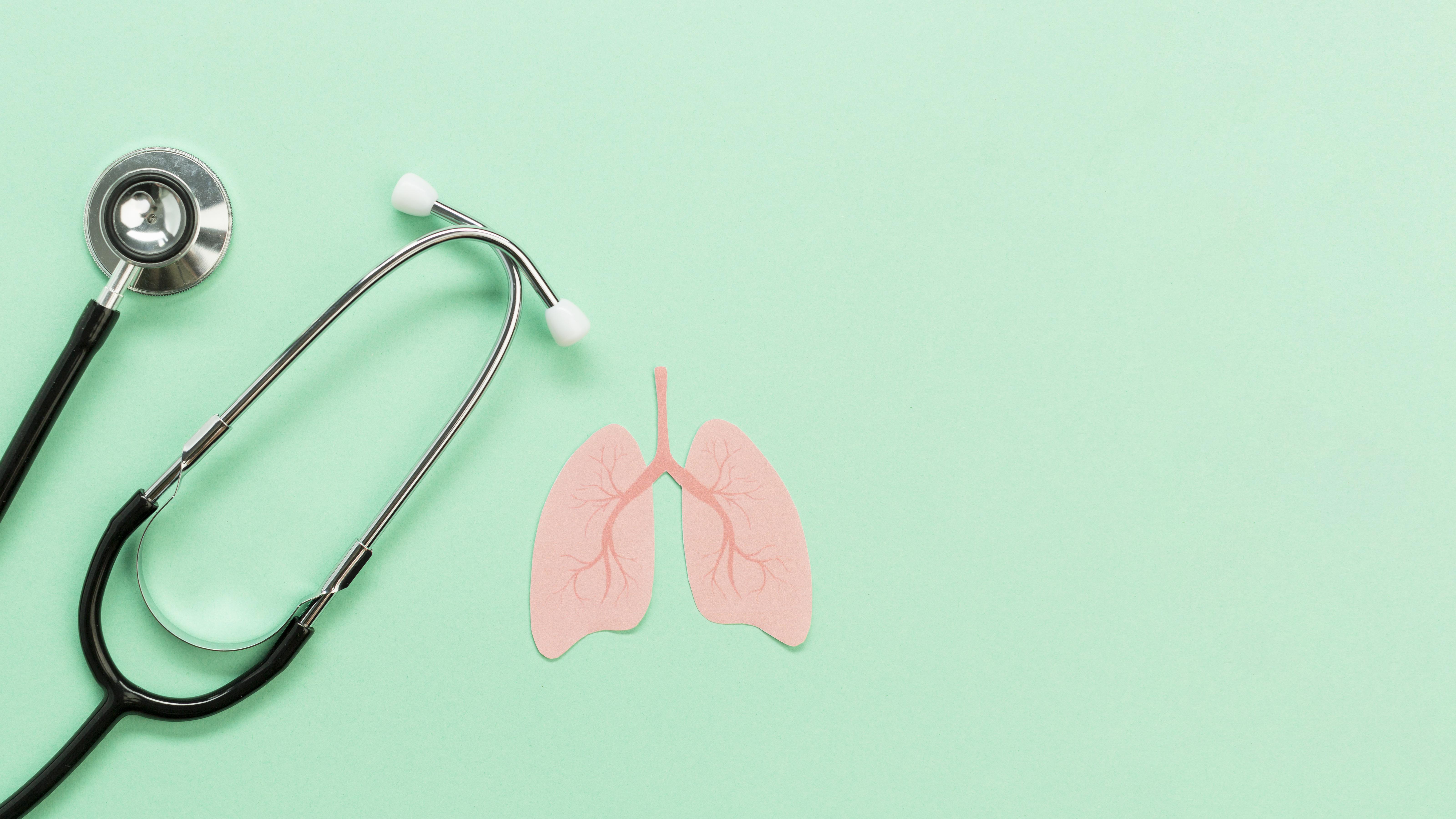Chest X-Ray Annalysis using Convoluted Neural Networks

Pneumonia is a common disease caused by different microbial species such as bacteria, virus, and fungi. The word “Pneumonia” comes from the Greek word “neumon” which translates to the lungs. Thus, the word pneumonia is associated with lung disease. In medical terms, pneumonia is a disease that causes inflammation of either one or both lung parenchyma. Some of the symptoms of pneumonia include the shortness of breath, fever, cough, chest pain, etc. Moreover, the people at risk of pneumonia are elderly people (above 65 years), children (below the age of 5 years), and people with other complications such as HIV/AIDS, diabetes, chronic respiratory diseases, cardiovascular diseases, cancer, hepatic disease, etc. The risk of pneumonia is immense for many, especially in developing nations where billions face energy poverty and rely on polluting forms of energy. The WHO estimates that over 4 million premature deaths occur annually from household air pollution-related diseases including pneumonia. COVID-19 is an extremely contagious disease caused by severe acute respiratory syndrome coronavirus 2 (SAR-CoV-2) which is the recent disease that is caused by one of the family members of Coronaviridae family. COVID-19 can be transmitted through respiratory droplets that are exhaled or secreted by infected persons. Coronaviruses invade the lung’s alveoli (an organ responsible for exchange of O2 and CO2), thereby causing pneumonia.
We are proposing a deep learning-based model that can quickly prognose the presence of Pneumonia. The main objective of this study is focused on building a classification model that will bring down the false negatives (people with Pneumonia but predicted otherwise) to a substantially low number along a model with high evaluation metrics (precision, accuracy, sensitivity and specificity) to determine in a precise way, from x-rays, the appearance of signs or anomalies capable of representing a case of pneumonia and to determine the location and framing of this anomaly thus providing a complete diagnostic tool for cases of pneumonia. As this is a prognosis model, we can accommodate false positives (people not having Pneumonia but predicted otherwise) to a small extent. Our approach uses deep convolutional neural networks (CNNs) and augmentations. The algorithm automatically locates lung opacities on chest radiographs and demonstrates its performance.
The source code is available in GitHub